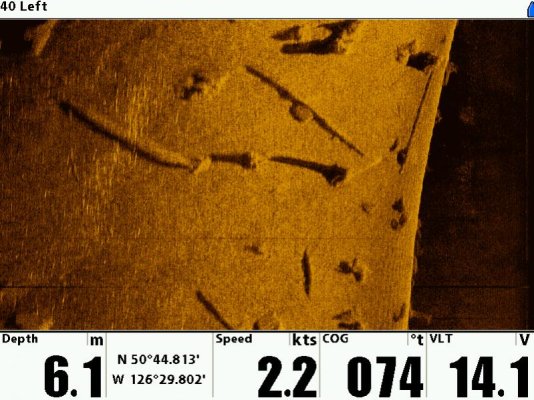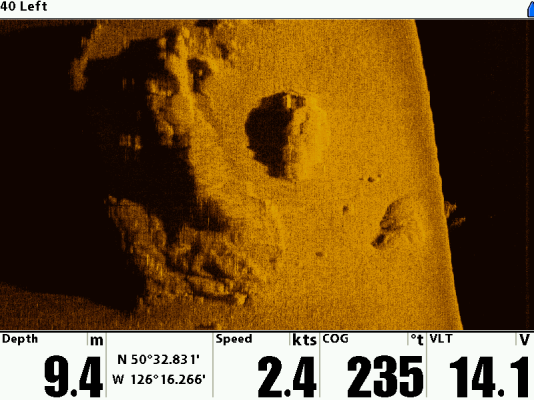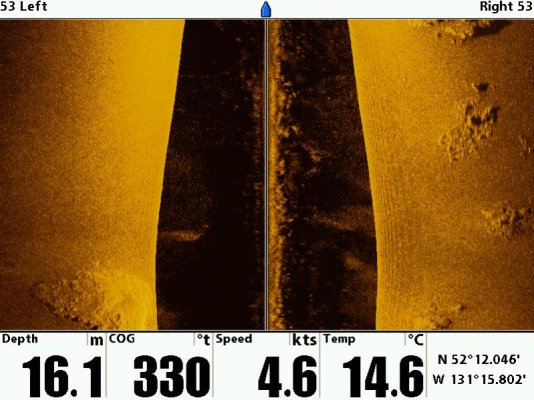mpstan
Veteran Member
- Joined
- Jul 30, 2018
- Messages
- 86
- Location
- United States
- Vessel Name
- Bella Rose
- Vessel Make
- 1991 Ocean Alexander 42' Sedan
Hi friends,
With our haulout next month we are hoping to add a transducer to complement our Garmin chartplotter. My research leads me to conclude that forward looking sonar may be useful when slowly probing anchorages but not so much when traveling at speed. Or for in areas in Northern BC where charting is not as accurate. The Garmin PS51-TH ($1500) appears to be the best for this in their line. My mechanic has recommended a $450 GT21, which is more mainstream.
Looking for opinons and experiences from those that have actually used the PS51.
We are relatively inexperienced cruisers. I'm constantly resisting the temptations to overcome inexperience using expensive technology.
Thanks
With our haulout next month we are hoping to add a transducer to complement our Garmin chartplotter. My research leads me to conclude that forward looking sonar may be useful when slowly probing anchorages but not so much when traveling at speed. Or for in areas in Northern BC where charting is not as accurate. The Garmin PS51-TH ($1500) appears to be the best for this in their line. My mechanic has recommended a $450 GT21, which is more mainstream.
Looking for opinons and experiences from those that have actually used the PS51.
We are relatively inexperienced cruisers. I'm constantly resisting the temptations to overcome inexperience using expensive technology.
Thanks



